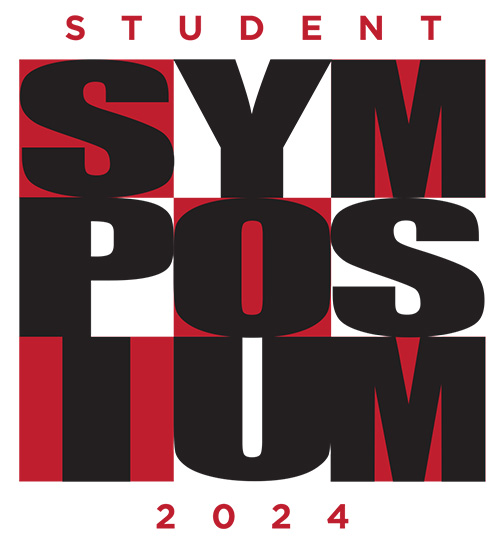
Optimizing Athletic Recovery: The Role of Nutrition and Supplements in Combatting Exercise-Induced Muscle Damage
Date
2-13-2024
Faculty Mentor
Majid Koozehchian, Kinesiology; Gina Mabrey, Kinesiology
Loading...
Files
Submission Type
Conference Proceeding
Location
2:30-2:40pm | Houston Cole Library, 11th Floor
Description
Exercise-induced muscle damage (EIMD) presents a significant impediment for athletes, manifesting as pain, soreness, inflammation, and diminished muscle functionality. While traditional recovery modalities such as massage, cryotherapy, and stretching offer varying degrees of relief, recent trends have gravitated towards nutritional and supplementation interventions as promising avenues to mitigate EIMD-related consequences. This exhaustive review categorizes these interventions based on their nutrient profiles, encompassing fruits, vegetables, herbs, amino acids, proteins, vitamins, and other dietary supplements, all posited to potentially attenuate EIMD symptoms and enhance muscle function across diverse demographic groups.
This assessment emphasizes the importance of addressing EIMD, which can significantly hamper athletic performance and compromise training integrity. Athletes, particularly those facing the demand for swift recovery post-intensive exercise, stand to gain from evidence-based nutritional and supplementation protocols. These approaches have been rigorously examined, yielding encouraging findings in reducing EIMD manifestations and bolstering muscle performance. Specific nutritional interventions exhibit substantial promise. Foods rich in antioxidants and long-term supplementation with agents like creatine, omega-3 fatty acids, and vitamin D3 have effectively alleviated EIMD symptoms. Nevertheless, the review acknowledges prevailing research voids, particularly highlighting the necessity for more inclusive studies involving female athletes to assess the effectiveness of diverse supplementation regimes thoroughly. Supplements such as pineapple-derived proteases, ginger, ginseng, curcumin, taurine, β-hydroxy-β-methylbutyrate, and caffeine are identified as meriting deeper exploration.
The study accentuates the significance of conducting holistic investigations into combined nutritional strategies and their influence on EIMD, positing that such research could unveil synergistic benefits and empower athletes to refine their recovery methodologies more effectively. Adopting nutritional strategies should be approached with prudence, mindful of potential adverse impacts on long-term training adaptations.
In summary, we tried to shed light on a spectrum of nutritional and supplementation strategies with potential efficacy in ameliorating symptoms associated with EIMD. Recognizing the multifaceted challenges confronting athletes, the review advocates for continued research to refine our understanding of optimal recovery protocols. This endeavor will substantially enrich the discourse on managing and preempting EIMD, fostering improved health and performance outcomes for athletes and physically active individuals.
Keywords
student research, kinesiology
Rights
This content is the property of Jacksonville State University and is intended for non-commercial use. Video and images may be copied for personal use, research, teaching or any "fair use" as defined by copyright law. Users are asked to acknowledge Jacksonville State University. For more information, please contact digitalcommons@jsu.edu.
Disciplines
Kinesiotherapy
Recommended Citation
Lively, Caroline, "Optimizing Athletic Recovery: The Role of Nutrition and Supplements in Combatting Exercise-Induced Muscle Damage" (2024). JSU Student Symposium 2024. 47.
https://digitalcommons.jsu.edu/ce_jsustudentsymp_2024/47



